The Clouded Story of Kshamenk the Orca: A Tale of Suspicion and Wonder
In the sun-kissed waters of Argentina, where the waves caress the shore and marine life thrives, the story of Kshamenk the orca unfolds—a tale that is as riveting as it is controversial. Officially introduced to the world as a "rescued" orca on September 19, 1992, Kshamenk has captivated the hearts of many. Yet, behind the veil of this seemingly benign narrative lies a web of suspicion and dark allegations that question the very foundations of his saga.
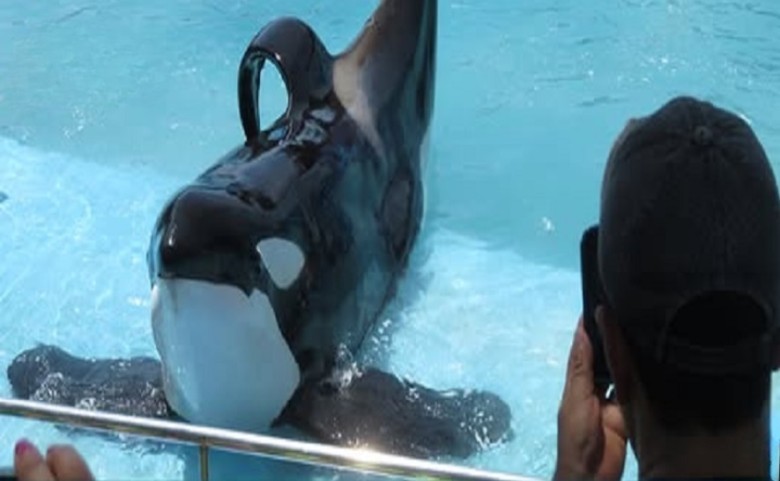
According to the account presented by Mundo Marino, an oceanarium located in Buenos Aires, Kshamenk was part of a transient pod that became stranded in shallow waters. Along with three other orcas, this unfortunate incident led to their capture and eventual placement in the oceanarium, where they would be displayed for public education and entertainment. But as the years rolled on, whispers began to emerge—whispers that spoke of a much darker truth lurking beneath the surface.
Mundo Marino’s history is marred by allegations claiming that the organization had previously orchestrated strandings to acquire marine animals for display, raising serious concerns about the legitimacy of Kshamenk's "rescue." Critics argue that this systematic approach to capturing marine life is not just unethical but a targeted ploy to enrich their exhibition. Additional doubts have been fueled by reports of other marine animals captured in similar circumstances, painting a picture of a narrative that is carefully crafted to favor the oceanarium’s interests.
Activists and marine biologists have called for transparency, contending that Kshamenk's story is not merely a tale of rescue but a cautionary reminder of the potential exploitation present in captivity narratives. For every animal showcased in an oceanarium, there are countless untold stories of trauma, loss, and suffering. Kshamenk’s plight shines a spotlight on the larger issues surrounding marine life and captivity, prompting widespread conversations about conservation, ethics, and the responsibilities humans hold in relation to nature.
The impact of Kshamenk's captivity has transcended the walls of Mundo Marino. Supporters of the orca advocate for his freedom, often gathering outside the oceanarium, chanting slogans and holding placards that demand justice for all marine creatures suffering in captivity. They argue that Kshamenk, with his playful spirit and intelligence, deserves to roam the vast oceans that once embraced him. This grassroots activism taps into a growing awareness around animal rights and the ethical complexities surrounding the use of marine life for entertainment purposes.

Yet, amid all the sorrow and speculation, Kshamenk's resilience cannot be underestimated. Living in a confined environment, he has become a symbol of strength—a reminder of the beauty and complexity of orca behaviors. His remarkable ability to connect with visitors evokes powerful reactions, drawing families and individuals alike who seek to understand these majestic beings. Many who visit Kshamenk leave with a newfound appreciation for the ocean and its inhabitants, igniting a passion for wildlife conservation—proof that even in captivity, a creature's spirit can foster understanding and connection.
As conversations around animal welfare evolve, Kshamenk’s plight remains pivotal. It serves as a case study, entangling aspects of ethics, conservation, and human entertainment. Whether one views him as a victim of circumstance or a beacon of awareness, Kshamenk’s story encourages deeper reflection on how society interacts with nature and the responsibility we owe to our fellow creatures.
While questions linger over the circumstances of Kshamenk’s capture, advocates and supporters remain steadfast in their commitment to the orca’s welfare. They call for a future where Kshamenk, and others like him, might find sanctuary in larger, more naturalistic environments or, ideally, in their native waters once again.
To many, Kshamenk is not just an orca but a symbol of the ongoing struggle for ethical treatment within marine life habitats. The questions about his past will undoubtedly keep echoing, but they also open the door to a more significant discourse about humanity’s relationship with the oceans. In this beautiful yet complex dance between humans and wildlife, Kshamenk will continue to inspire and provoke thought, challenging us to look beyond the surface and consider the truths that lie beneath.
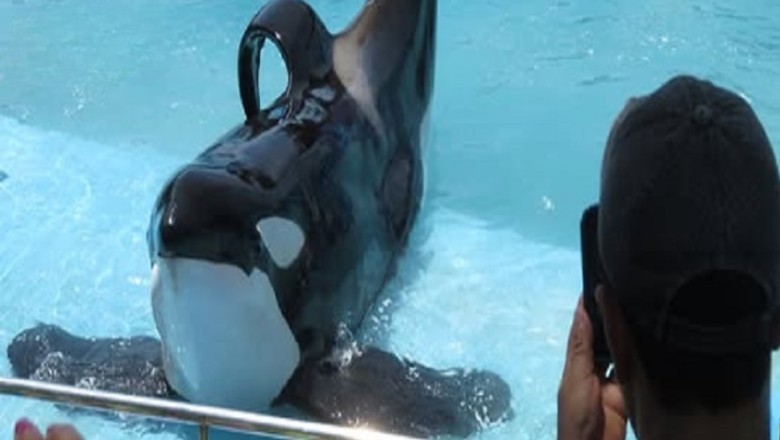












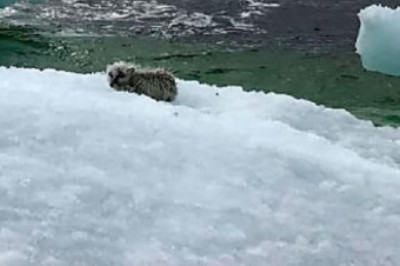

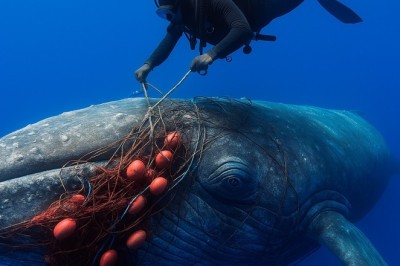



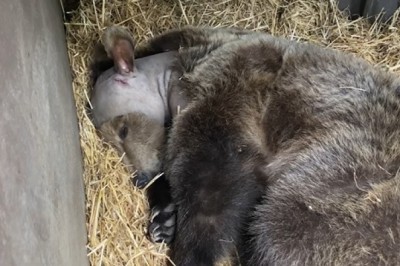
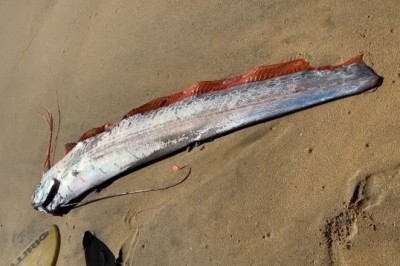


Comments
0 comment